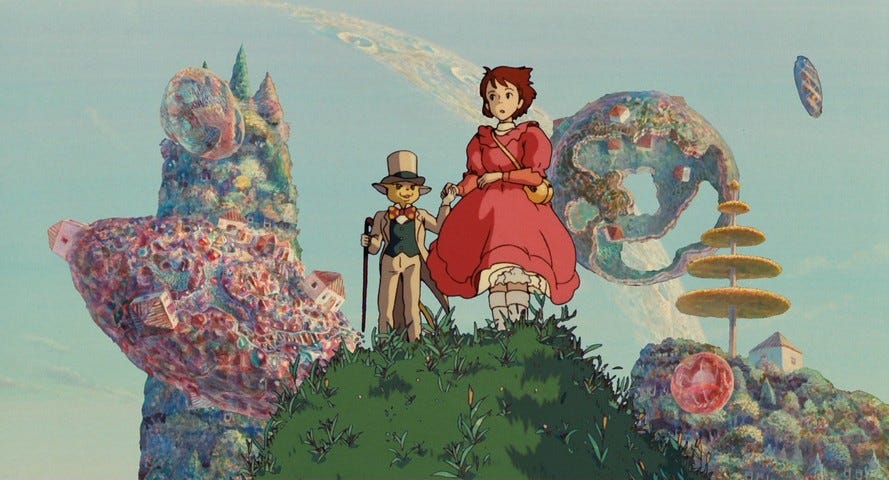The boundaries between tokenization and gameplay
To tokenize, or not to tokenize, that is the question (ft. Nifty Island).
If there was a modern day Portlandia pilot episode, the title of it would be “Put a Token On It!” NFTs have helped us define ownership in digital assets, leading to the tokenization of everything, starting from pixels to real estate.
The rise of NFTs has blown new life into developing “the metaverse,” and in particular, metaverse blockchain games. Multi-billion dollar companies such as Samsung, JP Morgan, and PwC have invested in the top metaverse games, and celebrities have publicly endorsed their holdings as well. Decentraland and The Sandbox are currently the top leading NFT metaverse games, and at the very heart of their gameplay, they allow users to build a digital world of their own and experience their creations with other players. However if you’re looking to escape to the Metaverse to avoid high real estate prices, chances are, you can’t afford the Metaverse either. I know I can’t.
Games such as Decentraland and The Sandbox require users to first own LANDs, NFTs that represent digital real estates that users can build on. The present floor price for LANDs is around $10K due to its finite supply, and although less popular games with cheaper LAND exist, the number of users is highly important for social platforms. While there is a free way to play, the free version is limited to observing LANDs of players who paid or decorating your avatar with airdrops. Tokenomics for the top NFT metaverses today don’t diverge much from this, leaving users without much choice but to pay or be a spectator.
Is this pay-to-play economics bad? I don’t think so. Tokenizing land and assets gives every player significant ownership over their creations, and limited land provides exclusivity.
Be that as it may, we live in a world where storage is increasingly cheap and demand for metaverses is booming. Is the tokenization of everything affecting gameplay? Can a free-to-build NFT game benefit players and creators alike? Nifty Island says yes.
On its homepage, Nifty Island introduces itself as the following:
Nifty Island is an open social gaming platform and virtual world being developed by Nyft Studios. It will be the centerpiece and first title in what we call the Nyftverse: a set of interoperable games, a marketplace, play-to-earn protocol, game developer tools and infrastructure —all powered by web3 to realize the dream of a truly open and player-owned metaverse.
We don't believe in land scarcity in a world of digital abundance. Every user is greeted with their own island, entirely free, and tasked with building their home in the metaverse. The player is able to build structures, play and create games, import their nft collection, purchase new 3D, metaverse-ready NFTs from our marketplace, earn new items for their island by completing quests, and socialize with other players via voice and text chat.
Nifty Island is a refreshing take on the pay-to-do-anything custom that many NFT games follow. I’ve been following Nifty Island for around a year now, and I was lucky enough to test out its Alpha version this February when it came out .
At the start the game, players are given a chunk of land and B33, a robot pet to talk to and roam islands with. The mechanics for sculpting land and assembling buildings are smooth, and I was able to create a huge turtle shaped island fairly easily. Multiplaying and voice chat works effortlessly well with large crowds, at least for the closed alpha. Charles, the founder of Nifty Island who is extremely involved with the Nifty Island community in various ways, often popped by players’ islands to help out with builds or to just have a good time.
Everything is customizable in Nifty Island including the density of the clouds and the size of an avatar’s pupil. Players can also showcase their existing NFTs as art pieces on their island, or buy Nifty Island NFTs. Nifty Island NFTs serve as in-game utilities for those who want to have a bigger island or cooler skins, and does not exclude non-paying players from enjoying the core gameplay.
What should or should not be tokenized in the metaverse will vary for each player depending on what they value the most. Regardless, metaverse companies that introduce new tokenomics and provide more options for players are important. If you’re interested in checking out an all-inclusive metaverse, give Nifty Island a try.
Let me know in the comments below if you know of any metaverse games with other unique tokenomics.















Another delightful read from noop! Thank you for sharing your thoughts and I will be eagerly waiting for your next newsletter.